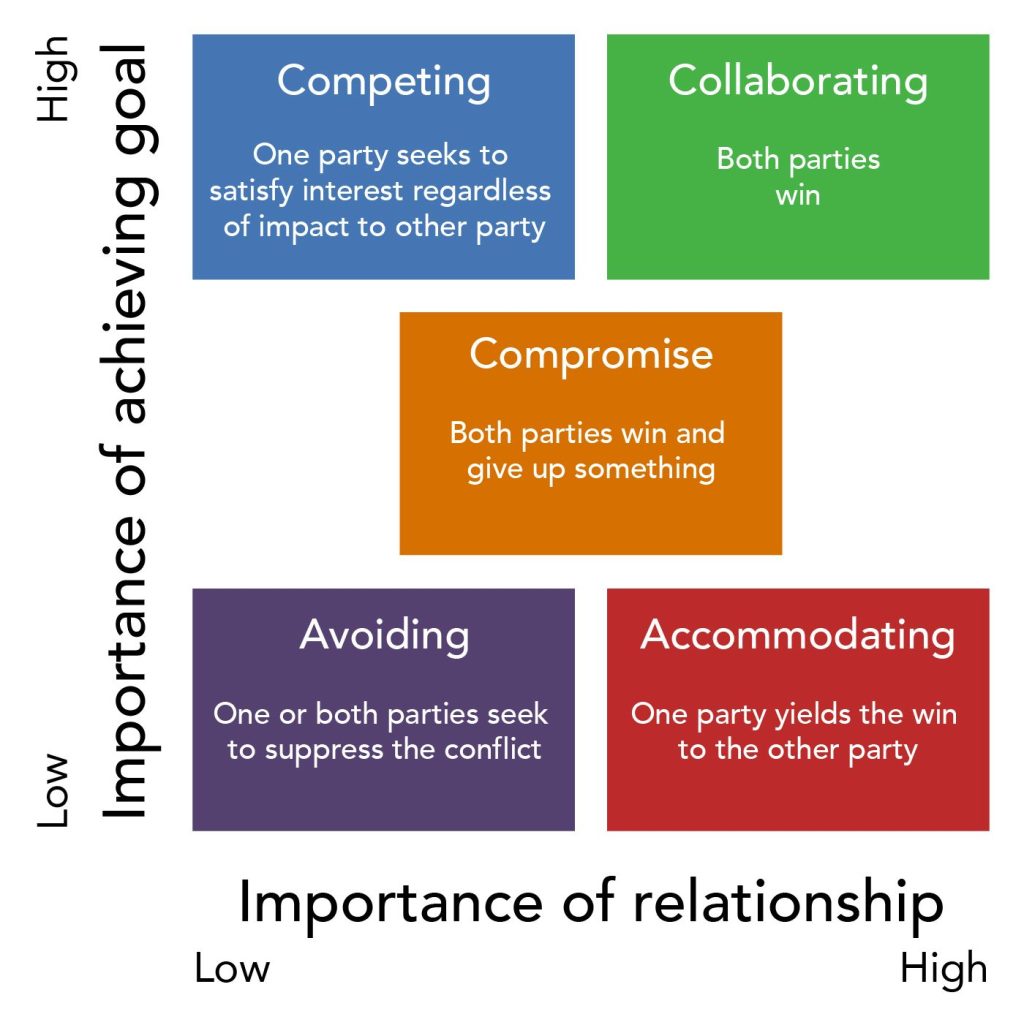
In today’s fast-paced tech industry, conflicts are inevitable. With different personalities, work styles, and priorities, misunderstandings and disagreements are bound to occur. However, resolving conflicts and fostering a positive work environment is crucial for the success and growth of any tech organization. This article explores effective conflict resolution strategies that can help build a harmonious and productive workplace.
Understanding the Impact of Conflict
Conflicts, if left unresolved, can have severe consequences on a work environment. It can lead to decreased productivity, increased stress levels, reduced employee engagement, and even higher turnover rates. In contrast, a positive work environment is essential for nurturing creativity, fostering collaboration, and promoting employee satisfaction.
Open Communication
Effective conflict resolution begins with open communication. Encouraging employees to voice their concerns and opinions freely creates an atmosphere of trust and understanding. Implementing communication channels, such as regular team meetings, suggestion boxes, or anonymous feedback channels, gives employees the opportunity to express themselves without fear of repercussions.
Active Listening
Active listening is a vital skill in conflict resolution. When encountering a dispute, it is crucial to take the time to fully understand each party’s perspective. Active listening involves undivided attention, acknowledging the other person’s feelings, and refraining from interrupting. By truly hearing one another, conflicts can be better understood and appropriate solutions can be reached.
Mediation and Collaboration
Using a mediation approach can effectively resolve conflicts. Bringing in a neutral third party, such as a manager or HR representative, can assist in facilitating discussion and finding common ground. The mediator can act as a catalyst for collaboration, encouraging both parties to work together towards a mutually beneficial resolution.
Emphasizing Respect and Empathy
Respect and empathy are key components of building a positive work environment. Promoting an atmosphere where individuals are treated with dignity and empathy can significantly reduce conflicts. Encourage team members to consider others’ perspectives, ensuring that their decisions and actions are respectful and inclusive. By fostering empathy, misunderstandings can be minimized, and conflicts can be resolved more effectively.
Set Clear Goals and Expectations
Unclear expectations and goals can be a breeding ground for conflicts. By setting clear expectations and goals from the outset, employees have a clear understanding of what is expected of them. This clarity helps in avoiding miscommunication and conflicting priorities. Regularly revisit these goals and adapt them to changes in the organization, promoting a cohesive work environment.
Provide Conflict Resolution Training
Providing conflict resolution training to employees can be invaluable in building a positive work environment. Equip your team with skills such as active listening, effective communication, and negotiation techniques. Employees who possess these skills are more likely to navigate disagreements successfully, leading to a more harmonious workplace.
Encourage Team-Building Activities
Team-building activities foster a sense of camaraderie among employees and help prevent conflicts before they arise. Arrange regular team-building events or activities that encourage collaboration, problem-solving, and relationship building. These activities create a space for employees to get to know each other on a personal level, enhancing understanding and empathy within the team.
Recognize and Reward Positive Behaviors
Positive reinforcement is a powerful tool in conflict resolution. Recognize and reward employees who exhibit positive behaviors, such as effective communication, conflict resolution skills, or teamwork. This not only encourages these behaviors but also sets a standard for others to follow, creating a culture of respect and cooperation.
Conclusion
Conflict resolution is an essential aspect of building a positive work environment in the tech industry. By promoting open communication, active listening, mediation, respect, and empathy, organizations can successfully navigate and resolve conflicts. Additionally, setting clear goals, providing conflict resolution training, encouraging team-building activities, and recognizing positive behaviors all contribute to fostering a harmonious and productive workplace. By prioritizing conflict resolution, tech organizations can create an environment that sparks innovation, nurtures collaboration, and empowers employees to grow and thrive.


